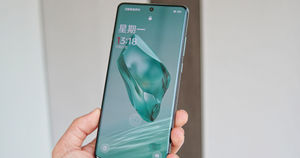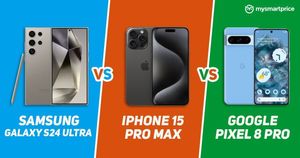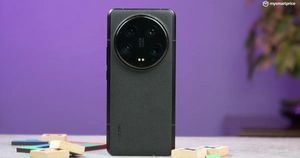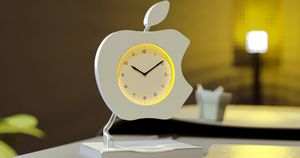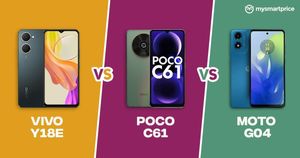
Smartphone companies will tout several buzzwords, from high megapixel count to high charging speeds. A new one on the list is the display’s ‘peak brightness’ with numbers going as high as 6,000 nits, which sounds quite enticing on paper.
But does high peak brightness matter on smartphone screens, and how does this impact user experience? This edition of MSP Explained will explore this topic further and see if peak brightness numbers are as useful as brands advertise them.
First, Let's Get the Basic Jargon Out of the Way
To understand if peak brightness is important, we should know the basic terminologies,
- Nits: This is how the brightness is measured. One nit equals one candela (unit of light intensity on a surface) per square meter. Theoretically, the higher the nit count, the higher the brightness.
- Lumen: This is the unit of measurement of light intensity coming from the source, such as a light bulb. Nits, on the other hand, measure the brightness of the area where the light is emitted.
- Peak Brightness: Peak brightness refers to the brightness levels achieved on a small display area, especially when playing HDR content (High Dynamic Range), where colour and sharpness are critical.
- Maximum Brightness: The maximum brightness, also known as High Brightness Mode (HBM) of a smartphone display, is the full brightness level achieved (primarily outdoors) when the display is fully illuminated.
- Auto Brightness or Typical Brightness: The brightness level attained (mainly indoors) when the display is fully lit. These are much lower than peak brightness numbers.
So, How Is Peak Brightness Different From Maximum Brightness?
Peak brightness must not be confused with maximum brightness on a smartphone. While the former is attained in a small display area, the latter is achieved for the entire display, mainly in outdoor settings.
Peak brightness numbers are also attained in controlled environments; brands typically do not disclose details. Also, peak brightness levels can’t be sustained for long, given the risk of screen burn.
This is the same for the maximum brightness to keep the phone’s performance intact and avoid overheating issues. If you are an iPhone user, you would have noticed how the brightness automatically goes down in sunlight to ensure display safety.
Does Peak Brightness Make a Difference?
Nope. Peak brightness is usually attained briefly, given that it requires more power and can heat the phone quickly. While these numbers are not false, they don't normally apply to day-to-day usage.
The high nits count isn't the sole aspect to focus on when judging the display. Display technology also plays a role. LCD screens can be better than OLEDs in brighter conditions. However, OLEDs show deeper blacks and have better contrast and vibrancy.
Also, remember that how a brand optimises a display under sunlight is another reason that impacts brightness and content legibility.
What ‘Brightness' Aspect Matters in the Display?
This would be the HBM. This is the maximum brightness level, mainly under direct sunlight. This is ideally the number one priority, as sunlight visibility is important. You should enable the phone’s automatic brightness, aka adaptive brightness mode.
There's also typical brightness, which is more important for an average user. This is manually adjusted depending on the level of brightness you require. This aspect is majorly relevant for day-to-day usage.
Phones With the Highest Claimed Peak Brightness
Nowadays, many smartphone manufacturers stress peak brightness as a key prowess for the phone's display. Below is a list of smartphones with the highest peak brightness with their maximum brightness.
| Smartphone | Peak Brightness | HBM |
| Realme GT Neo 6 SE | 6000 nits | 1600 nits |
| OnePlus 12 | 4500 nits | 1600 nits |
| Redmi K70 Pro | 4000 nits | NA |
| iQOO 12 | 3000 nits | 1400 nits |
| Xiaomi 14 Ultra/Xiaomi 14 | 3000 nits | 1000 nits |
| Samsung Galaxy S24 Ultra | 2600 nits | NA |
| Google Pixel 8 Pro | 2400 nits | 1600 nits |
| iPhone 15 Pro Max/15 Pro | 2000 nits | 1000 nits |
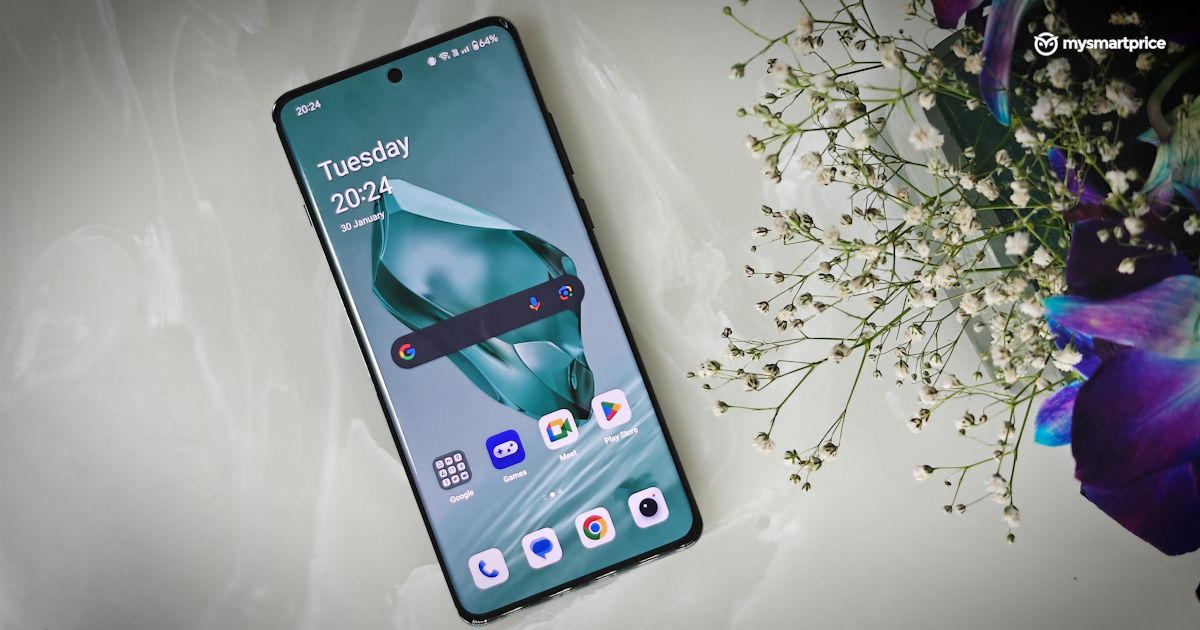
Conclusion
OEMs are capitalising on the peak brightness of a phone’s display, and while this isn’t a gimmick, per se, it can’t be achieved daily or in generic use cases. So, if brightness levels matter to you, look at,
- The HBM numbers (for outdoor usage)
- The typical brightness (for indoor usage)
A phone display with 1000 nits of HBM will be aptly bright outdoors. For the usual indoor scrolling or video streaming, 600 to 800 nits is adequate. More importantly, screen efficiency, colour accuracy, and vibrancy matter more than the advertised brightness levels.
